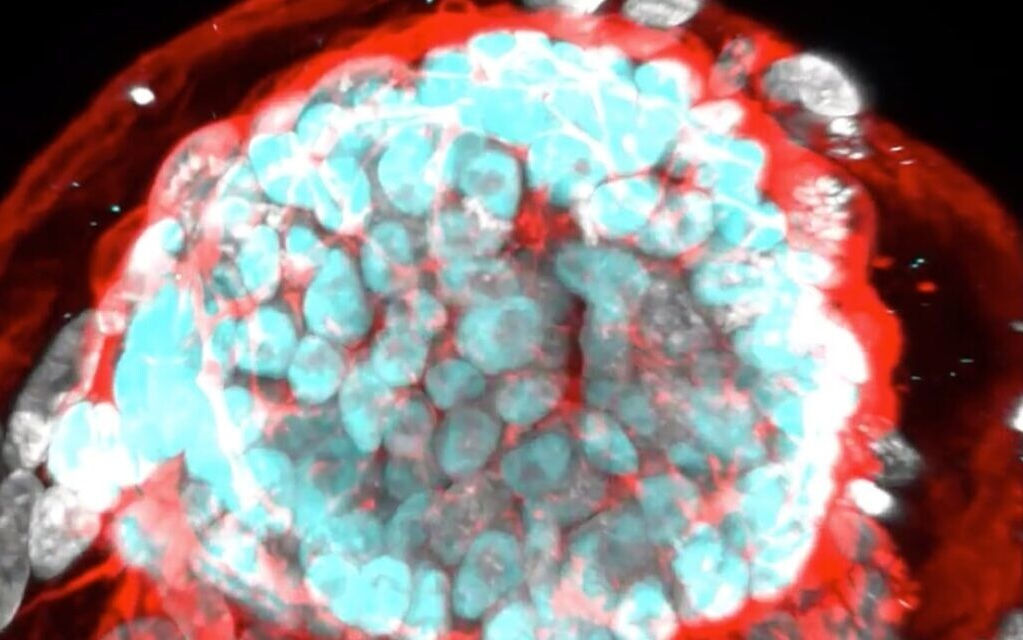By: Sophie Tian
Scientists from countries including the US, England, Israel, and China have developed embryo models made from stem cells. These models are used to study early human development, which would otherwise be difficult, given that real human embryos are inaccessible inside their mothers.
Teams from the US and England published two studies in the journal Nature a few weeks ago. Teams from Israel and China published papers earlier in June which have yet to be peer-reviewed.
To create the models, scientists use stem cells that can develop into many different types of cells in the body. These stem cells can be extracted from embryos or adult tissue.
Experts say some people have the wrong idea about these models, thinking they can develop into babies. However, stem cell models can’t develop a proper placenta, for example.
“They’re complete enough to give you a picture of what might be happening in the embryo during pregnancy, but they’re not so complete that you could actually use them for reproduction,” said Insoo Hyun, ethicist and director of life sciences at Boston’s Museum of Science. “The whole point of models is to avoid the embryo controversy.”
Hyun noted that while previous models mimicked pre-embryos, more recent ones model embryos after they’ve been implanted in the uterus. At this stage, real embryos would be hard to see or study.
In one Nature paper, researchers studied models that resembled embryos from nine to 14 days old. Another Nature paper described models that mirrored embryos up to 14 days old, which include tissues capable of developing structures surrounding the embryo, such as the placenta or yolk sac.
Berna Sozen, who studies developmental stem cell biology at Yale University, co-authored one of the Nature papers, and he described how these models can provide new information. “If we can experimentally model this period, then we can finally start asking questions about how human development happens in those very early stages that are normally hidden within the body of the mother,” she said.
Magdalena Zernicka-Goetz, a stem cell biology expert at the California Institute of Technology and the University of Cambridge and co-author of another Nature paper, said that human embryo models could also be used to explore the effects that the environment and chemicals, like different temperatures or toxic substances, have on early development.
In the future, Sozen also envisions testing drugs and germ exposure on embryo models. None of these could be tested on a real human embryo. In addition, the International Society for Stem Cell Research restricts the growth of real embryos, which can develop into babies, for more than 14 days in a lab. However, those rules wouldn’t apply to these new models.
Stem cell models are easier to study in the lab; they can be tested under different conditions and are completely ethical. Plus, Sozen adds, scientists will also be able to study embryonic failure, developmental disorders, and pregnancy loss, which we still don’t completely understand.
These models are proving to be very useful tools in studying human embryos and, ultimately, improving our understanding of them and how to keep them safe.











